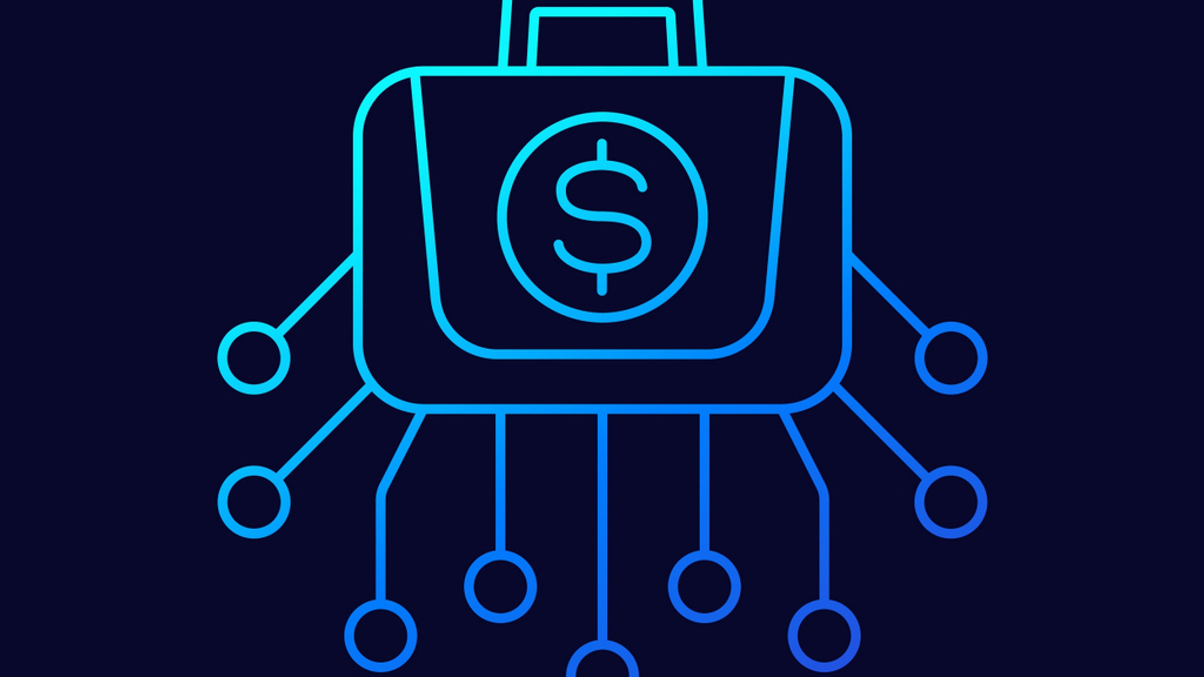Asset tokenisation in Asia: Building on flawed foundations?
Much has been made of the potential for asset tokenisation, yet some institutions and family offices believe a persistent reliance on current financial infrastructure is holding it back.

It’s been roughly one year since Blackrock chief executive Larry Fink pronounced that asset tokenisation represented the future of markets and securities.
Sign in to read on!
Registered users get 2 free articles in 30 days.
Subscribers have full unlimited access to AsianInvestor
Not signed up? New users get 2 free articles per month, plus a 7-day unlimited free trial.
¬ Haymarket Media Limited. All rights reserved.


